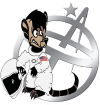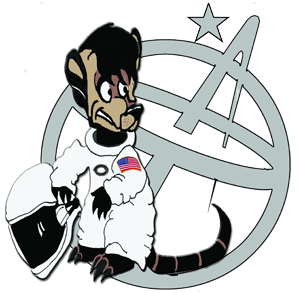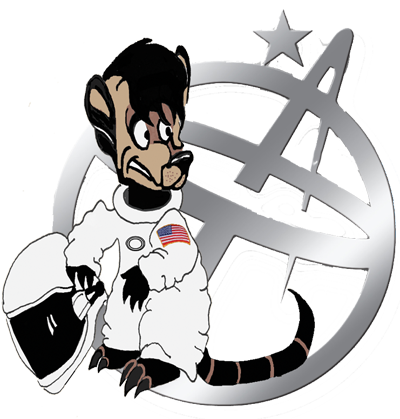
PoSSUM Scientist Astronaut Program
Every component of the PoSSUM Scientist Astronaut Program is designed to teach the candidate how to 1) perform effective suborbital noctilucent cloud science missions, 2) serve as PoSSUM educators, and 3) conduct PoSSUM aeronomy, bioastronautics, and human factors research that provide a research foundation for tomorrow’s space missions.
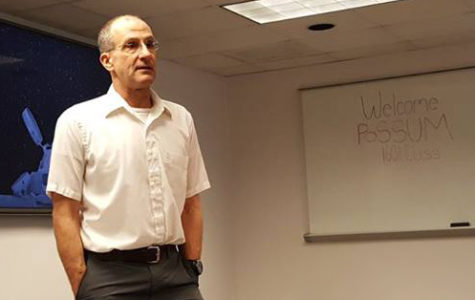
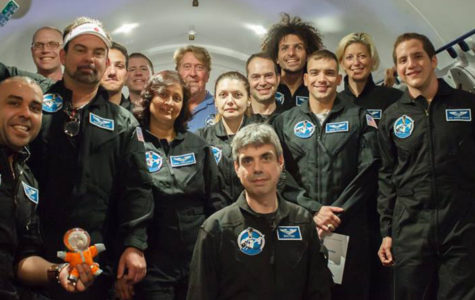
For those holding a B.S. Degree from an accredited university, the PoSSUM Scientist Astronaut Qualification Program is held either at Florida Tech or Embry-Riddle Aeronautical University. It is a five-day, fully immersive training program that will provide the skills required to effectively conduct research on the next generation of commercial space vehicles as part of Project PoSSUM. Designed and instructed by former NASA astronaut instructors and PoSSUM team scientists, the PoSSUM Scientist Astronaut Qualification Program combines three weeks of webinar instruction followed by one-week of intensive training including high-G training, crew resource management training, spacesuit training, high-altitude training, biometric analysis, and PoSSUMCam operations. You will also receive comprehensive instruction on noctilucent cloud science, observational history, research methods from some of the world’s leading noctilucent cloud scientists, then learn to use real PoSSUM Instruments on customized simulations of actual PoSSUM research flights, using the most modern training facilities available. Upon graduation, you will be fully trained and qualified to participate in PoSSUM graduate specializations, become a PoSSUM educator, or to fly to space as a PoSSUM Scientist-Astronaut!
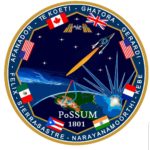
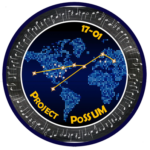
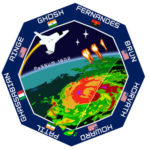
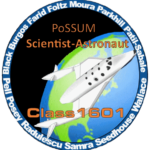
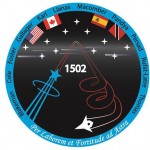
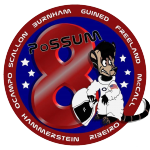

Program Details
Curriculum:
- The Mesosphere and Lower Thermosphere Environment
- Fundamentals of Remote Sensing
- Remote Sensing and Aerospace Cinematography
- Spaceflight Simulation and Operations
- Crew Resource Management Techniques
- Hypoxia Awareness and Mitigation
- Spacesuit Operations, including don,doff,pressure regulation, contingency operations, decompression, smoke and hazardous environments, post-landing, egress and sea survival systems, and ejection systems
- High-G Analog and Mitigation Methods
- Zero-G and Changing-G Physiology
- Introduction to Aerospace Physiology and Life Support Systems
- Celestial Navigation and Atmospheric Scattering
- Use of Virtual Reality and Augmented Reality for science
- Science Communication and Public Outreach
Students Receive:
- Three weeks of preparatory webinars
- Five days of instruction and training sessions
- Introduction to suborbital space flight simulation
- Mission simulation and Crew Resource Management Training in PoSSUMSim
- High-G and microgravity Space Physiology indoctrination flight using an Extra 300L aerobatic aircraft.
- Airborne scientific imagery training flight using Piper Cherokee 6 aircraft
- Anti-G Garment and AGSM training
- High Altitude mission training in a full altitude chamber facility using simulation for slow-onset hypoxia scenarios.
- Initial Spacesuit Training (don, doff, regulating pressure, basic mobility, fine motor skills, flight system control)
- Introduction to Spacesuit Contingency Operations (contingency operations, decompression, smoke and hazardous environments, post-landing scenarios, egress and sea survival systems, capsule egress fundamentals, and aircraft ejection systems)
- Full Scientist-Astronaut Mission simulation training in spacesuits in PoSSUMSim
- Individualized instruction on PoSSUMCam and scientific video camera systems
- PoSSUM Scientist-Astronaut Manual
- Welcome reception
- Keynote talk(s) from industry expert(s)
- Comprehensive assessment
- Graduation certificate and silver-plated pin
Rationale:
The PoSSUM Scientist-Astronaut Qualification Program maintains the standards established for flight crew as part of FAR § 460.5(b) for the PoSSUM researcher. Specifically, the researcher will “demonstrate an ability to withstand the stresses of space flight, which may include high acceleration or deceleration, microgravity, and vibration, in sufficient condition to safely carry out his or her duties.”
For noctilucent cloud tomography missions, the PoSSUM Scientist-Astronaut duties include effective operation of the PoSSUMCam system, real-time identification of noctilucent cloud micro-features of greatest scientific interest, real-time optimization of camera settings at cloud altitudes, proper use of crew resource management techniques to assure proper vehicle attitude at all times during the mission, and the effective activation of MCAT and MASS instruments at cloud altitudes. Duties for other PoSSUM research missions are determined as missions are conceived.

Program Schedule
Day One: Academic Instruction and Simulator Operations
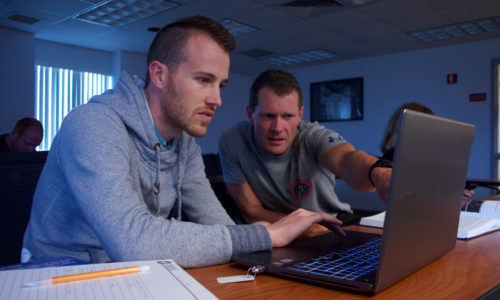
Objectives: To understand principles of the PoSSUM Program and gain a general understanding of the mesosphere, noctilucent cloud dynamics, observational methods and history, noctilucent cloud structures, aerospace physiology, and life support systems relevant to suborbital flight.
.
Topics: Overview of the PoSSUM program (1 hr) , Science of the Mesosphere (1 hr), Fundamentals of Remote Sensing (1 hr), Basic Noctilucent Cloud Science (1 hr), PoSSUM Instrumentation Operations (1 hr), Imaging Noctilucent Clouds from Suborbital Spacecraft (1 hr), Imaging Noctilucent Clouds from the International Space Station (1 hr), Aerospace Physiology (1 hr), and Life Support Systems (1 hr)
.
Evening Seminar: PoSSUM Suborbital Simulator Operations
Instructors: Dr. Jason Reimuller, Dr. Erik Seedhouse, Dr. Dave Fritts
Day Two: Hypoxia Effects and PoSSUMCam Operations
Objectives:
1) Overview of PoSSUM instrumentation and operational concepts, and operations of the PoSSUMCam system.
2) To recognize off-nominal environments and your own physiological responses to contingency environments in a spacesuit.
.
Training Elements:
1) Comprehensive training geared towards the effective use of the PoSSUMCam system and other PoSSUM instrumentation in a classroom environment.
2) Hypoxia awareness training at altitudes equivalent to 25,000 feet in a high-altitude chamber at our Melbourne, Florida. Flight Operations Facility, capable of simulating space missions in hypoxic or hyperoxic environments.
.
Instructors: Dr. Paul Buza, Van Wampler, Parker Rice
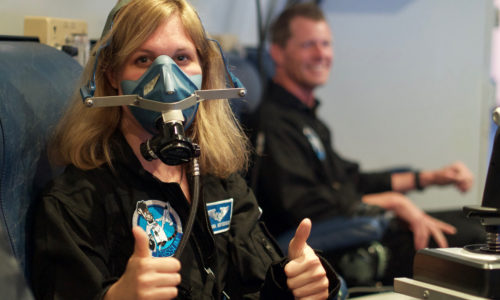
Day Three: Spacesuit Training and PoSSUM Mission Simulation
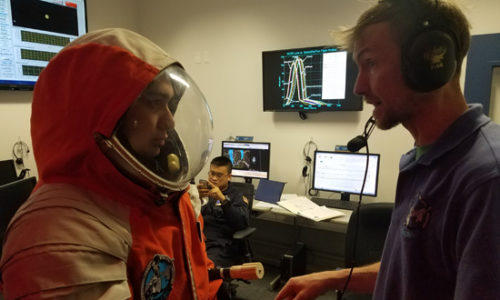
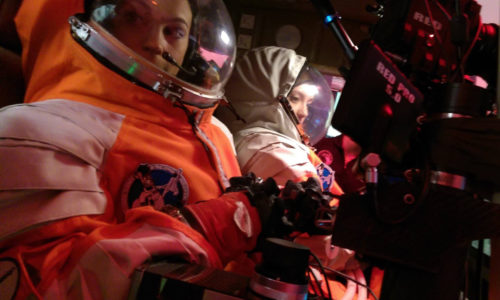
Objectives:
1) To don, doff, pressurize, and operate effectively in spacesuits while in confined environments that simulate actual missions.
2) To perform effective Crew Resource Management (CRM) techniques and procedural training in simulators designed specifically for Project PoSSUM and administered at the Embry-Riddle Aeronautical University.
3) To introduce Spacesuit Contingency Operations, including decompression, smoke and hazardous environments, post-landing scenarios, egress and sea survival systems, capsule egress fundamentals, and aircraft ejection systems
.
Training Elements:
1) Comprehensive training in mission-qualified spacesuits where you will learn to don and doff a spacesuit, pressurize a spacesuit, perform safety checks, and conduct basic operations using a spacesuit.
2) Crew Resource Management training in PoSSUM mission simulation simulating actual noctilucent cloud research missions. Trainees will learn how to operate PoSSUM instrumentation in a real-time analog environment.
3) Contingency operations training including principles of decompression, smoke and hazardous environments, post-landing scenarios, egress and sea survival systems, capsule egress fundamentals, and aircraft ejection systems.
.
Evening Seminar: Spaceflight Physiology, Dr. Perry Bechtle
Instructors: Chris Lundeen, Van Wampler, Parker Rice
Day Four: High-G (Ascent and Re-entry) indoctrination and Mitigation Flight, Airborne Camera Operations Flight
Objectives:
1) To perform optimally in a high-G environment, mitigating G-induced blackouts through the use of anti-G equipment and AGSM breathing techniques in an Extra 300L Aerobatic aircraft.
2) To effectively operate camera systems and employ proper Crew Resource Management techniques in an airborne imagery training flight using a Piper Cherokee 6 aircraft.
.
Training Elements:
1) High-G and microgravity Space Physiology flight with use of mechanical countermeasures and breathing techniques to mitigate high-G ascent and re-entry environments using an Extra 300L aircraft. Indoctrination to high-G and changing-G environments analogous to suborbital spaceflight. Exposure to Gx, Gy, and Gz accelerations.
2) Execution of above maneuvers with student flying the aircraft using an Extra 300 aerobatic aircraft..
3) Anti-G Garment training and introduction to Anti-G Breathing Maneuver (AGSM) training.
4) Use of servo-controlled camera systems on aircraft using a Piper Cherokee 6 aircraft.
5) Use of proper Crew Resource Management (CRM) techniques in-flight.
.
Evening Film: ‘Spacewalk’ (2017)
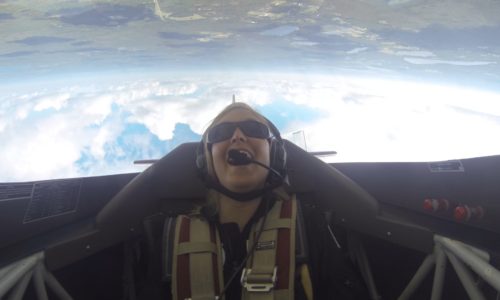
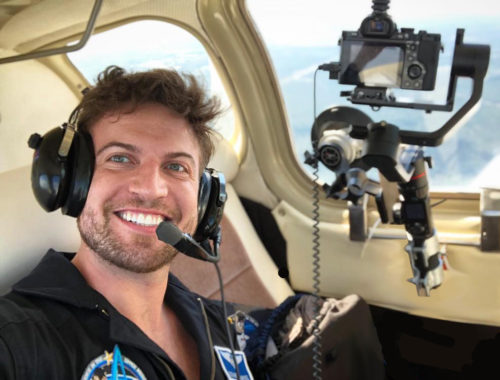
Day Five: Remedial Instruction and Evaluations
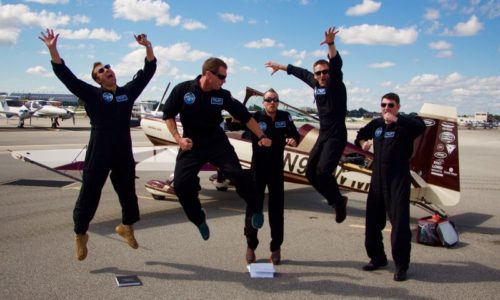
Objectives:
1) Introduction to Virtual and Augmented reality for space missions
2) To introduce specialized topics pertaining to aeronomy and astronautics and to review and evaluate academic instruction administered through the previous four days.
3) To complete all objectives which could not be completed in the previous days due to inclement weather or other contingencies.
4) Final Evaluation
.
Evening Seminar: Film: Sprites, Graduation
Instructors: Dr. Jason Reimuller


Whats Next?
Graduates are enrolled into the International Institute for Astronautical Sciences and may pursue professional credentials in bioastronautics, aeronomy, or flight test engineering. IIAS is a selective community and vests itself in the success of its graduates and seeks funding and sponsorship opportunities for its students through its non-profit status.
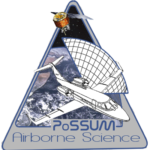
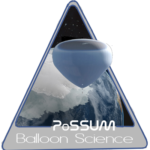
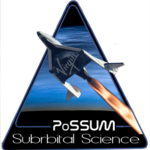
2023 Fall Class Schedule
Applications for Spring 2023 PoSSUM Scientist-Astronaut Courses now being accepted.
PoSSUM Scientist-Astronaut Class 2301: SCHEDULED FOR 23-27 March 2023.
PoSSUM Scientist-Astronaut Class 2302: SCHEDULED FOR 30 Match – 3 April, 2023.
Prerequisites
- Current FAA Class III Flight Physical
- SCUBA Experience
- Bachelors Degree in a Science, Engineering, or Technology field (not a graduate yet? Apply to Advanced PoSSUM Academy)
Cost: $5000
Apply by 31 December 2022 for PoSSUM Scientist-Astronaut Class 2301. Rate includes all instruction, texts, and graduation.
Custom Nomex Flight suits additional $250.
Photo Credits: Ross Lockwood (Day 1 and 2), CinemaRaven (Day 3, 4 and 5)
